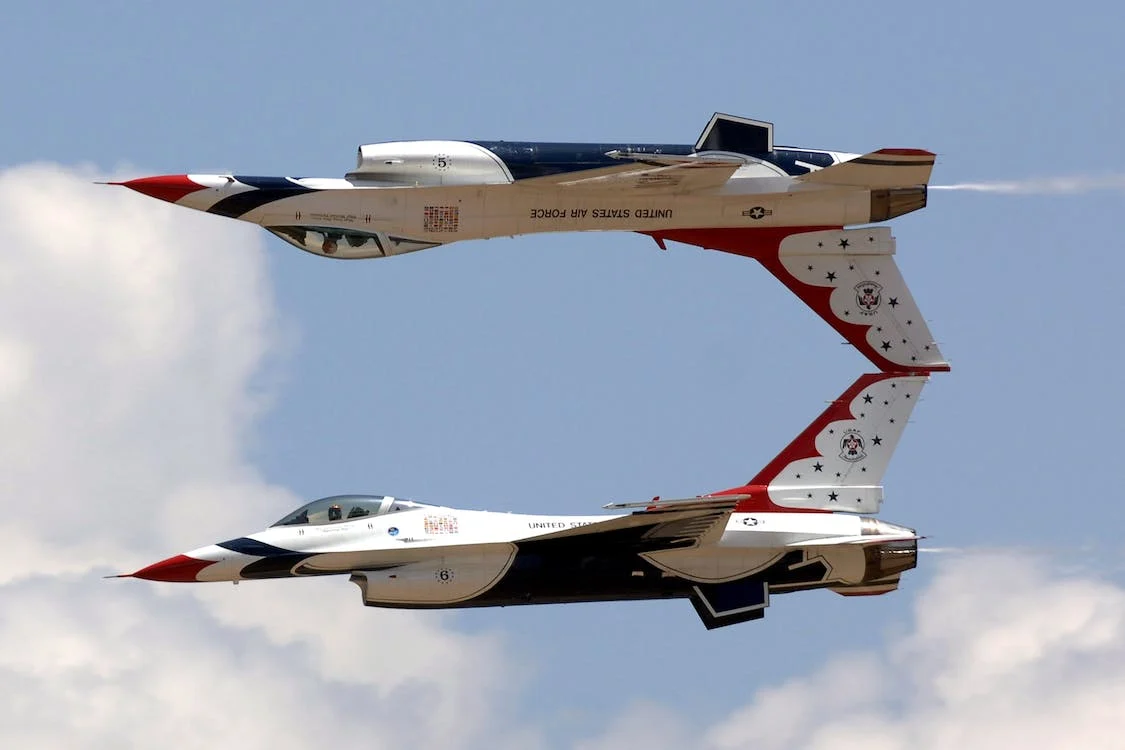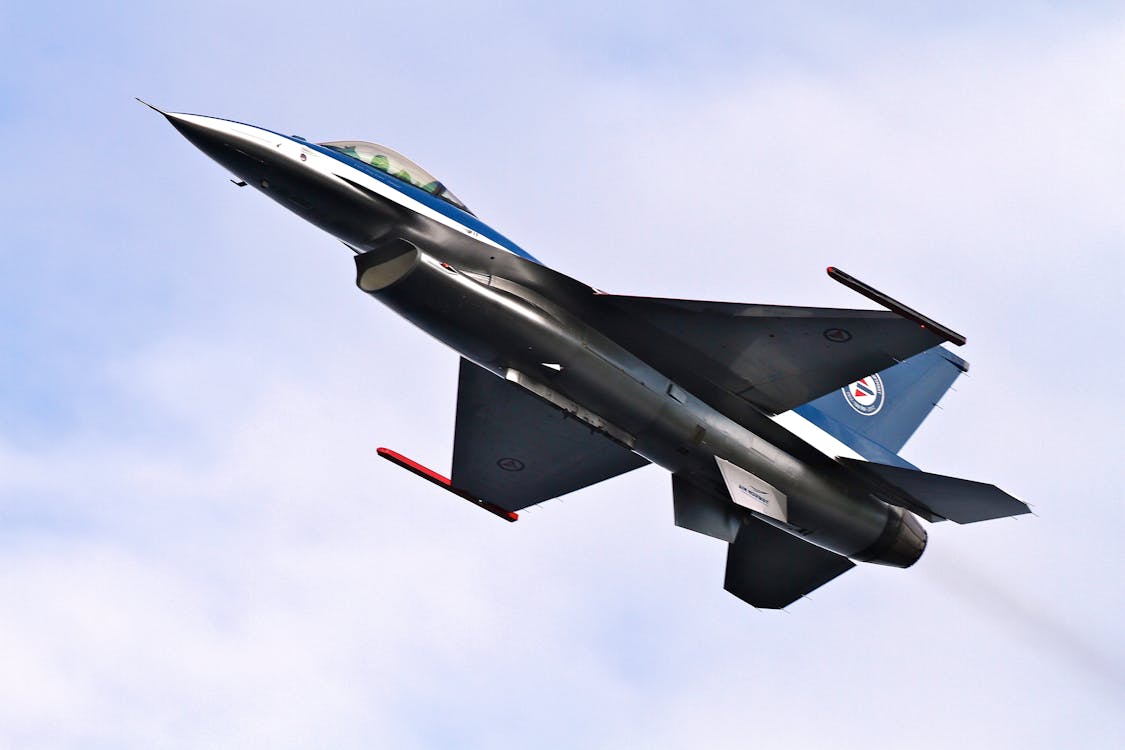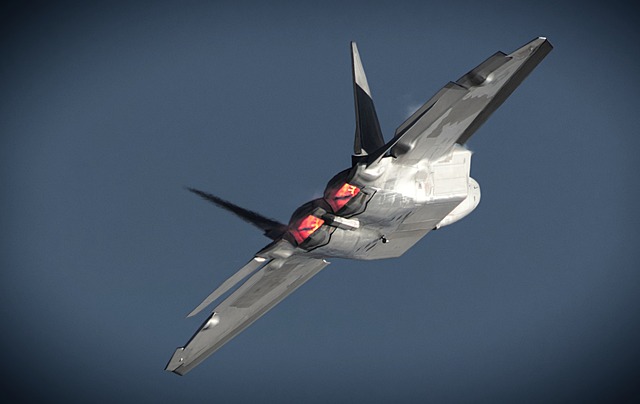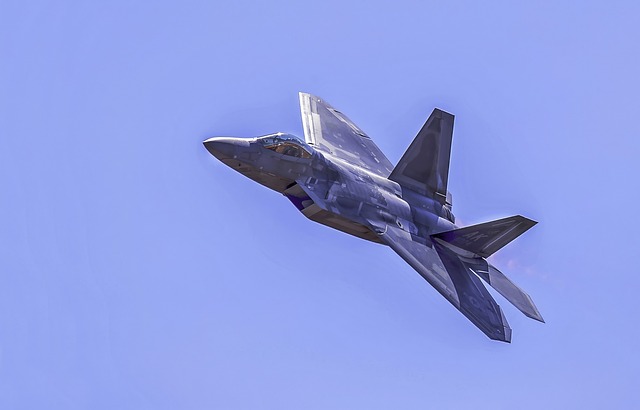How Fast Is Mach 10 Around The World
How Fast Is Mach 10 Around The World: The speed of Mach 10 around the world, in terms of circumnavigation or traveling the Earth’s circumference, would immensely impact global travel times.
At Mach 10, traveling around the world would be exceptionally swift compared to conventional means of transportation. Considering the Earth’s circumference of approximately 24,901 miles, traveling at Mach 10 would allow covering this distance in a remarkably short period.
At this extraordinary velocity of about 7,610 miles per hour, circumnavigating the globe would take just over 3 hours and 16 minutes, provided the vehicle can sustain such incredible speeds continuously without any need for stopping or slowing down.
To put this into perspective, conventional commercial airliners flying at subsonic speeds typically take around 15 to 20 hours to complete a full trip around the world due to cruising speeds averaging around 550 to 600 miles per hour.
Traveling at Mach 10 would revolutionize global transportation, significantly reducing travel times and making distant destinations accessible within a fraction of the time required by conventional aircraft. However, achieving and maintaining such extreme velocities present substantial technological and logistical challenges that are yet to be overcome for practical implementation on a global scale.
Understanding Mach 10’s Speed
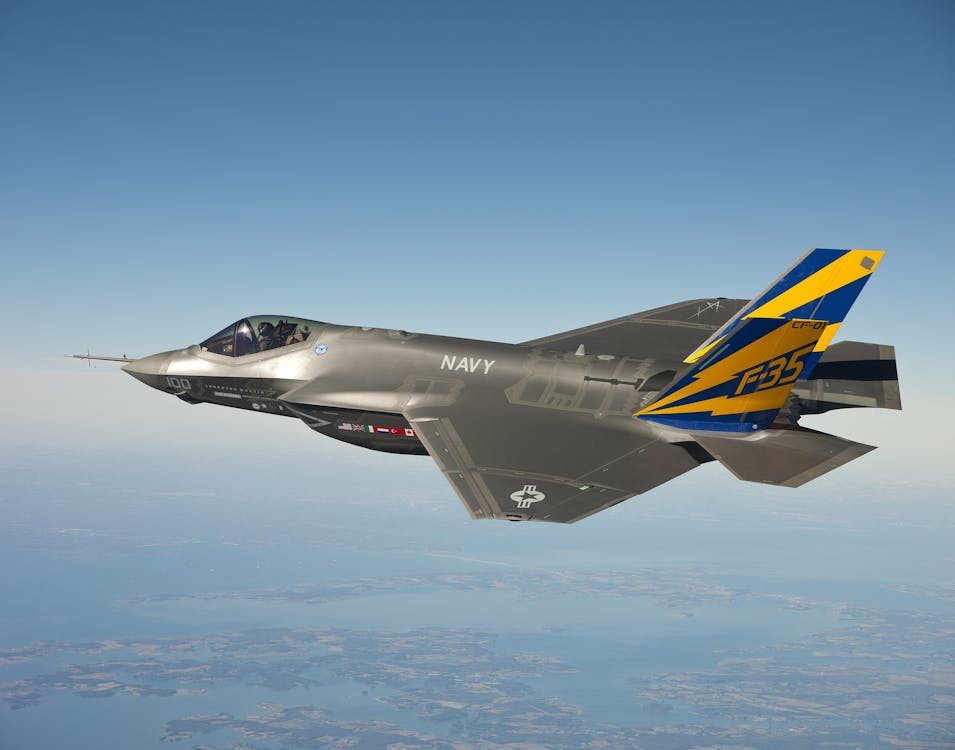
Mach 10, a measurement denoting ten times the speed of sound in a particular medium, stands as a remarkable feat in the realm of velocities. At sea level and a temperature of 68°F, the speed of sound is approximately 761 miles per hour. Hence, Mach 10 translates to an astonishing 7,610 miles per hour.
Significance of Mach Numbers
Mach numbers, derived from the Austrian physicist Ernst Mach’s work, refer to the ratio of an object’s speed to the speed of sound in the surrounding medium. This ratio allows us to express speeds in multiples of the speed of sound. Mach 10, residing in the hypersonic range, represents velocities well beyond the realm of conventional flight.
Implications of Mach 10 Speed in Hypersonic Travel
The speed of Mach 10 holds significant implications, especially in the domain of hypersonic travel. It propels the concept of high-speed transportation to unprecedented levels. Vehicles designed to achieve and sustain Mach 10 velocities require cutting-edge technology, specialized materials, and innovative engineering to withstand the extreme heat and aerodynamic stresses experienced at such speeds.
Understanding Mach 10’s speed not only reveals an extraordinary numerical value but also unravels the immense possibilities and challenges associated with harnessing such velocities for practical applications. Its potential in revolutionizing global travel and defense systems underscores the significance of comprehending and mastering the complexities of hypersonic speed.
Circumnavigation at Mach 10
Circumnavigating the Earth at the staggering speed of Mach 10 would redefine the concept of global travel, drastically reducing the time required to circle the planet compared to conventional means of transportation.
Earth’s Circumference and Distance
The Earth’s circumference, approximately 24,901 miles, represents the distance around the planet at the equator. This distance serves as a reference point for understanding the scale of the journey required for circumnavigation.
Calculation of Time to Circumnavigate the Globe at Mach 10
Traveling at Mach 10, which equates to about 7,610 miles per hour, the time required to circumnavigate the Earth can be calculated by dividing the Earth’s circumference by the speed of Mach 10.
The result of this calculation indicates that circumnavigating the globe at Mach 10 would take slightly over 3 hours and 16 minutes, provided the vehicle could maintain such an extraordinary velocity without interruption.
Comparison with Conventional Travel Times

This incredible speed comparison starkly contrasts with conventional means of global travel. Commercial airliners, operating at subsonic speeds averaging 550 to 600 miles per hour, take approximately 15 to 20 hours to complete a full trip around the world.
Circumnavigating the Earth at Mach 10 would revolutionize global transportation, shrinking travel times from multiple hours to just a few hours, opening up the potential for rapid intercontinental journeys.
However, achieving sustained Mach 10 speeds poses significant technological and logistical challenges that remain hurdles for practical implementation on a global scale. Nonetheless, the concept of circumnavigation at Mach 10 exemplifies the potential transformative impact of hypersonic travel on the future of global mobility.
How Fast Is Mach 10 Around The World

FAQs
Has Mach 10 ever been reached?
As of current records, sustained flight at Mach 10 has not been achieved. While there have been experimental flights and tests approaching hypersonic speeds, maintaining flight at Mach 10 remains a technological challenge.
Can a human go Mach 10?
No, humans cannot withstand the extreme speeds of Mach 10. The G-forces experienced at such velocities would exert immense pressure on the human body, causing severe injury or fatality.
What is the fastest Mach speed ever recorded?
The fastest recorded Mach speed achieved by an object was approximately Mach 6.7, accomplished by a hypersonic vehicle during an experimental flight. However, this speed was not sustained over a prolonged period.
How fast would Mach 10 go around the Earth?
Mach 10 equates to roughly 7,673 miles per hour (12,348 kilometers per hour). If an object were to travel at Mach 10 continuously, it would take approximately 4.7 hours to circumnavigate the Earth’s equator, which is roughly 24,901 miles (40,075 kilometers).
What is the fastest a jet has ever gone?
The X-15 aircraft holds the record for the fastest speed attained by a jet-powered aircraft. It reached a maximum speed of around Mach 6.7 (4,520 miles per hour or 7,274 kilometers per hour) during its flights in the 1960s.
What Mach is the speed of light?
The speed of light, which is approximately 299,792,458 meters per second in a vacuum, is significantly faster than any Mach number. The concept of Mach numbers applies to speeds relative to the speed of sound in a specific medium, whereas the speed of light is an absolute constant in physics and is not represented in Mach numbers.

